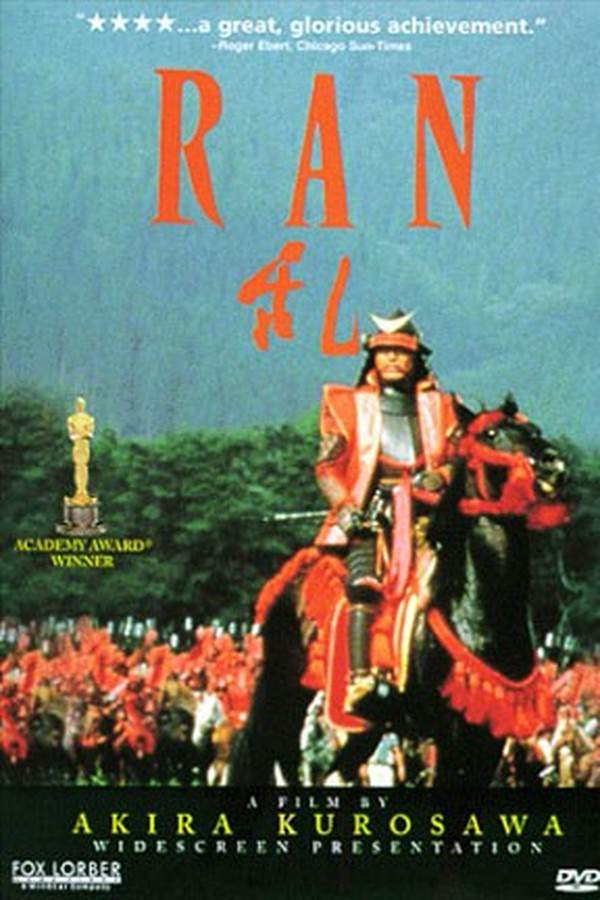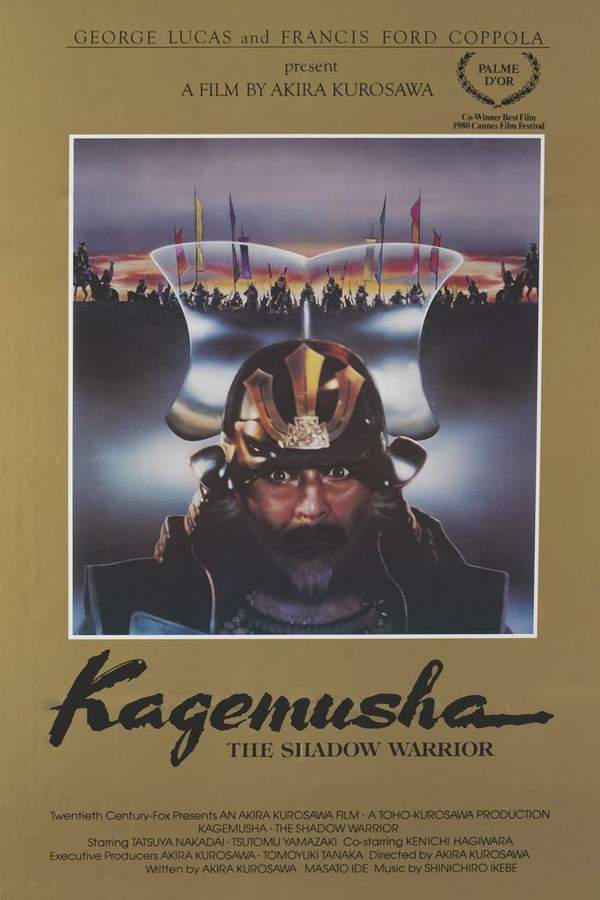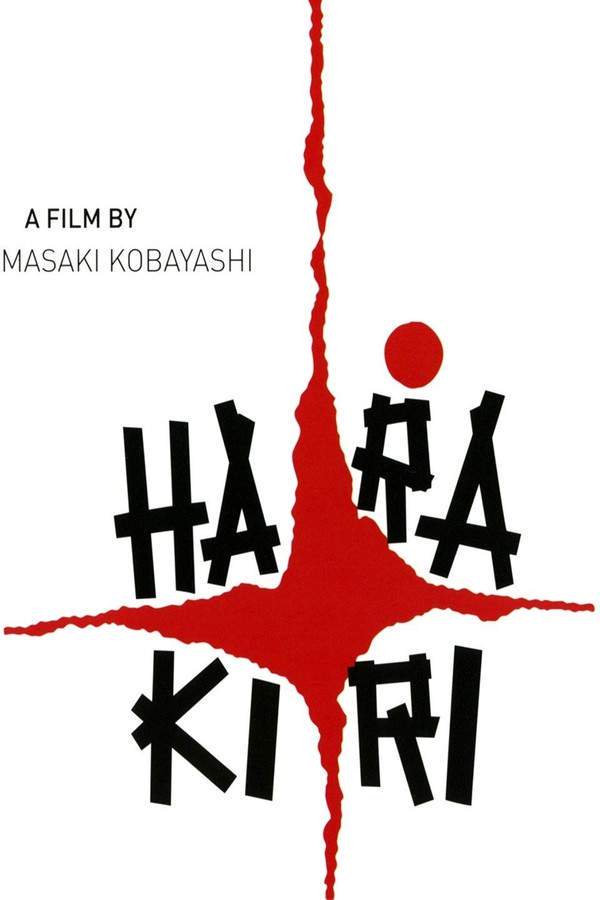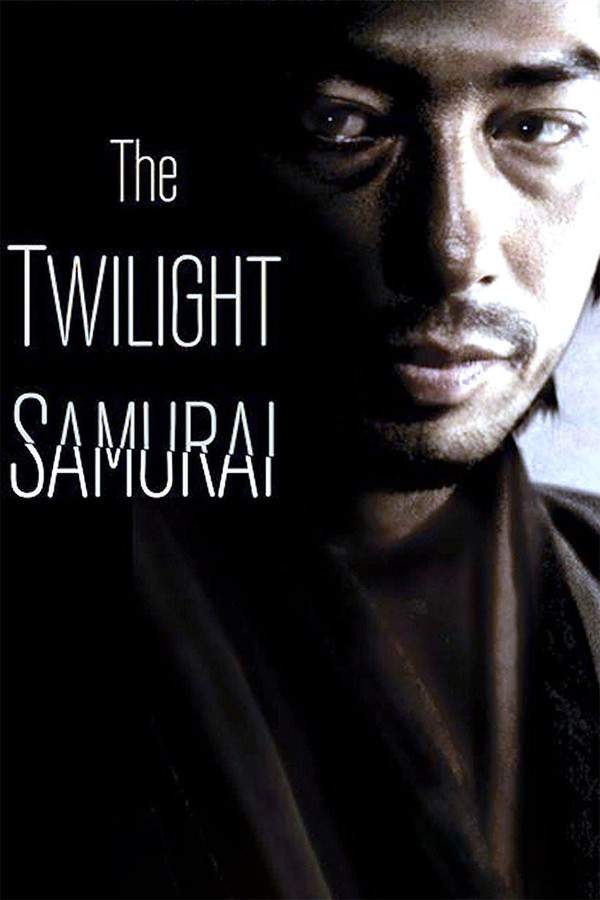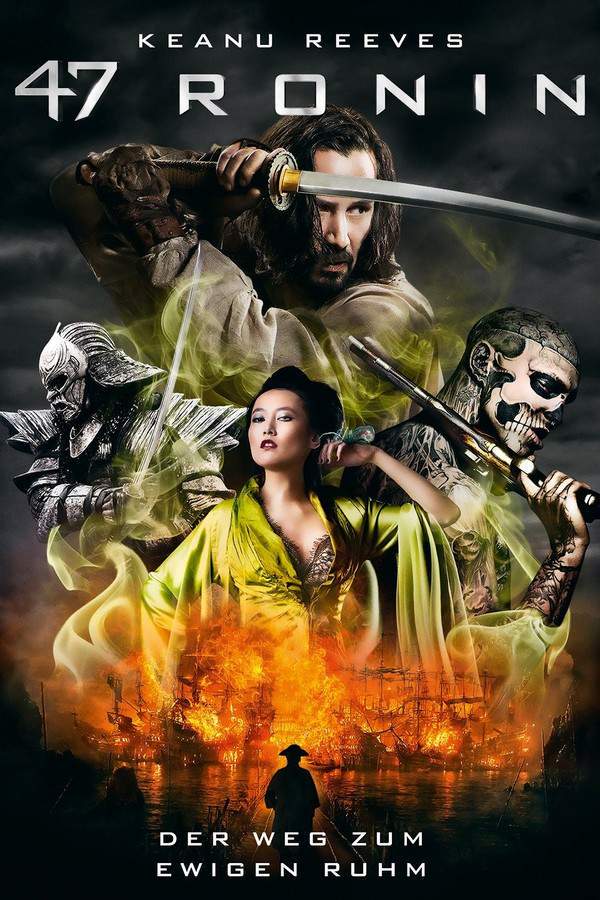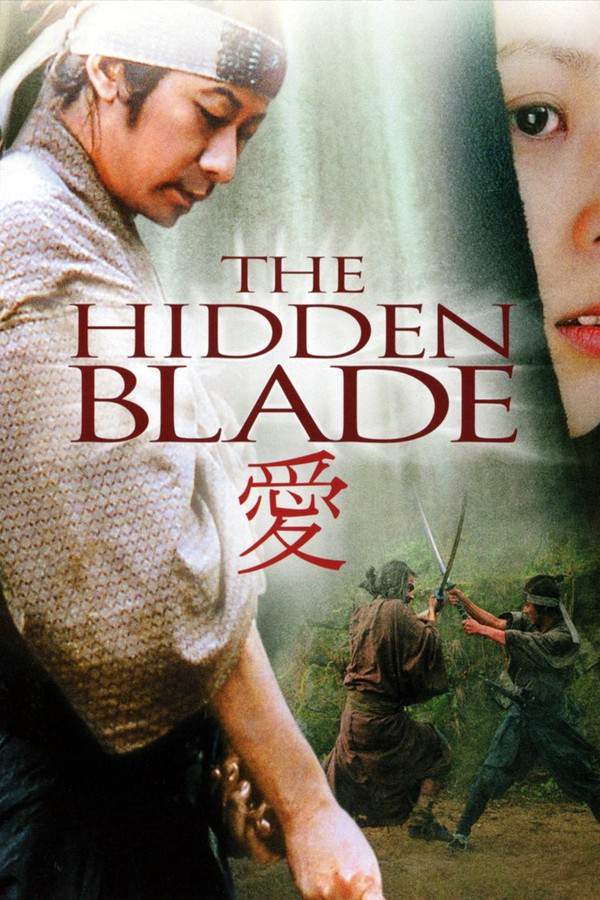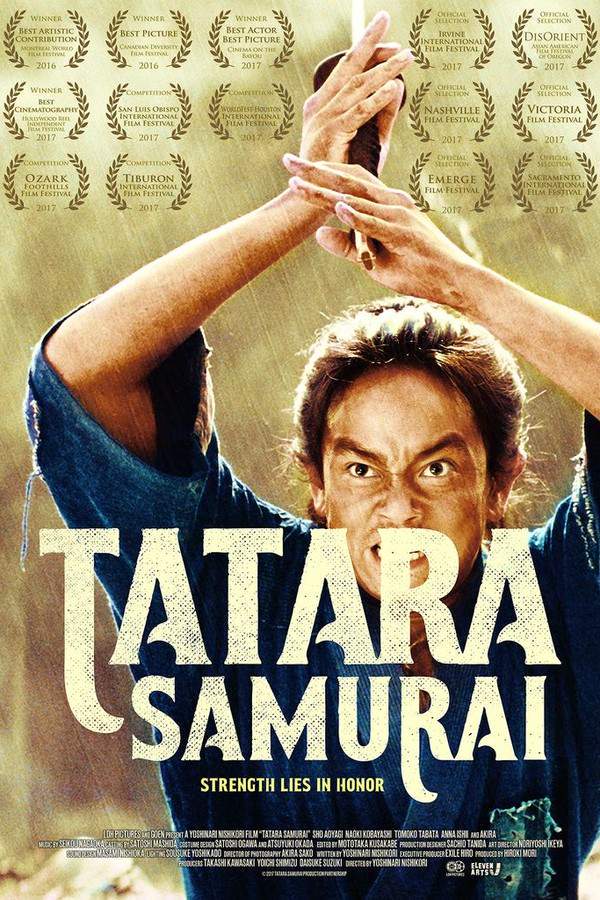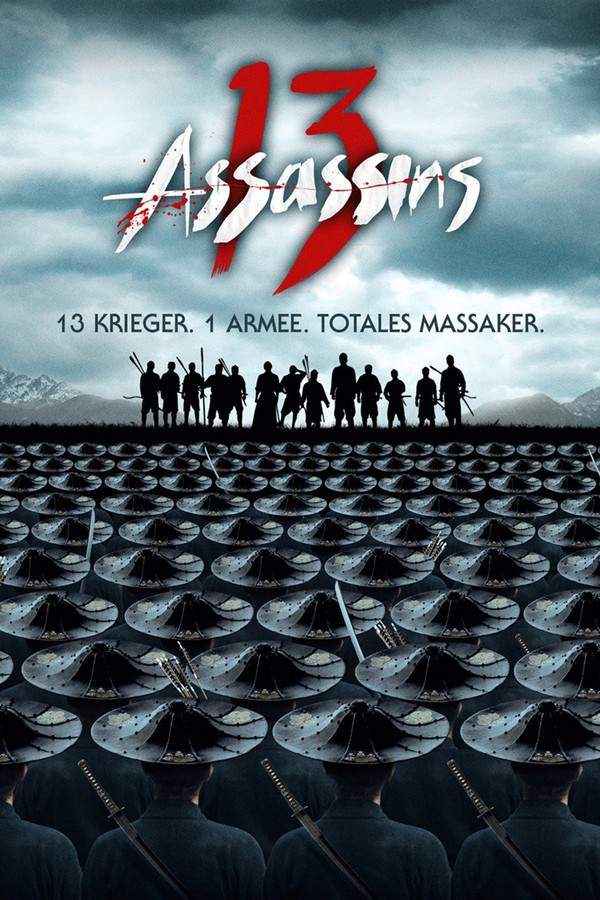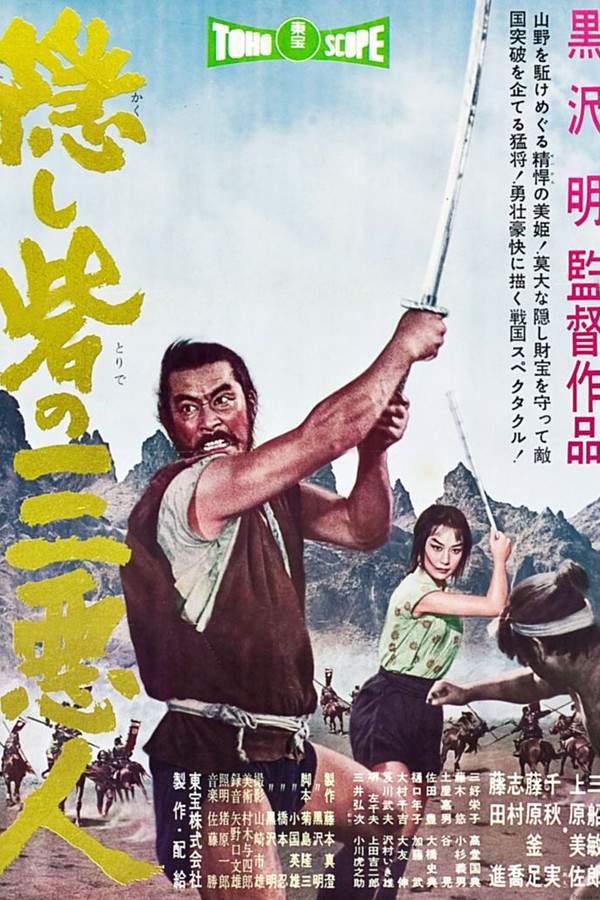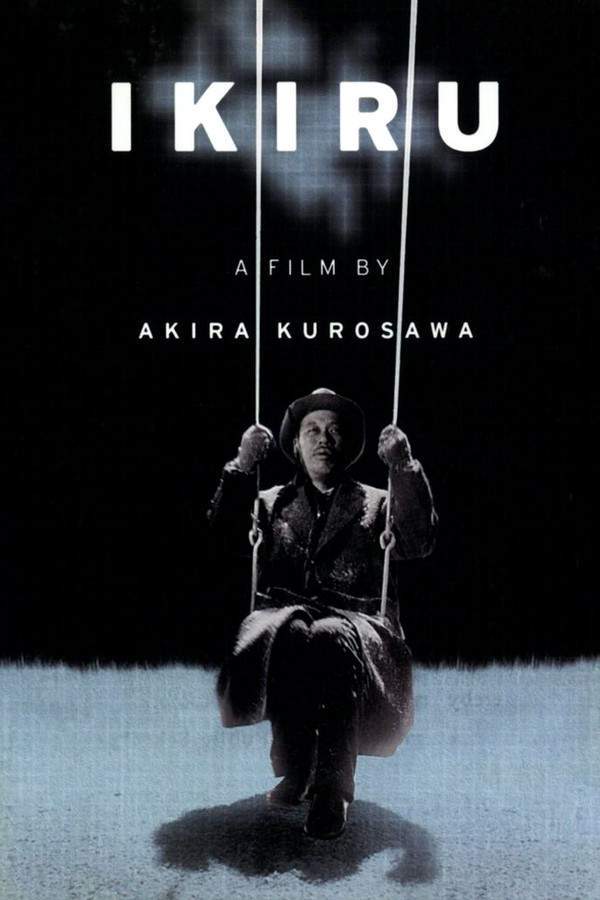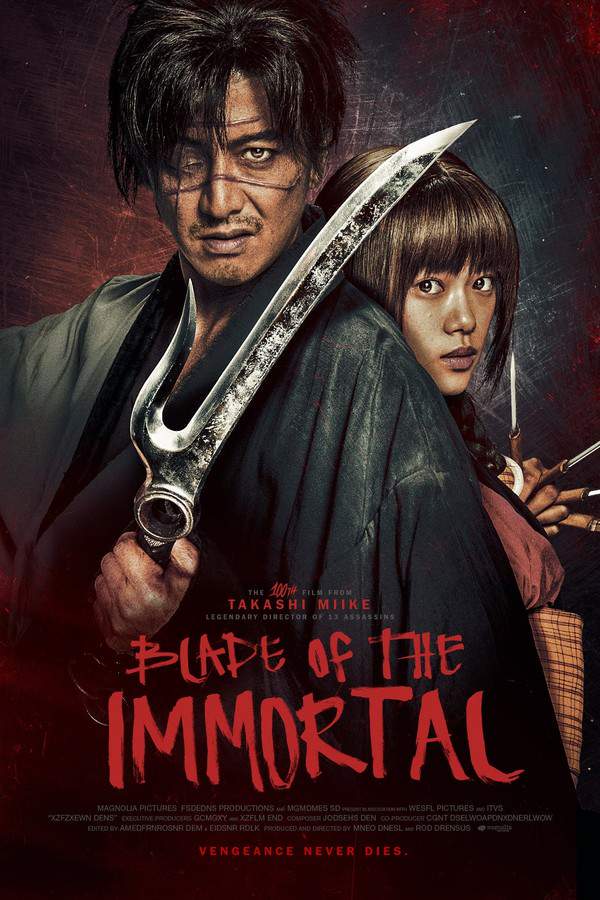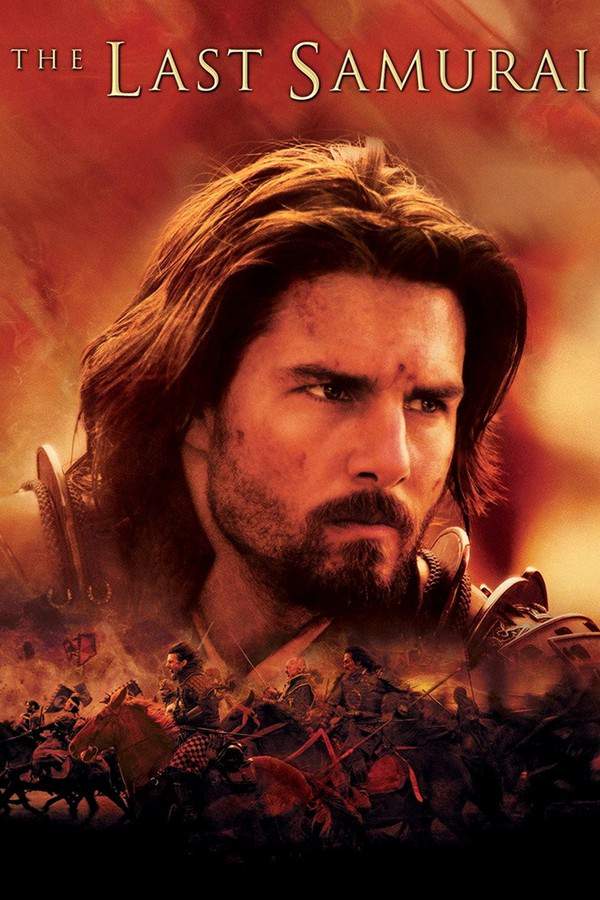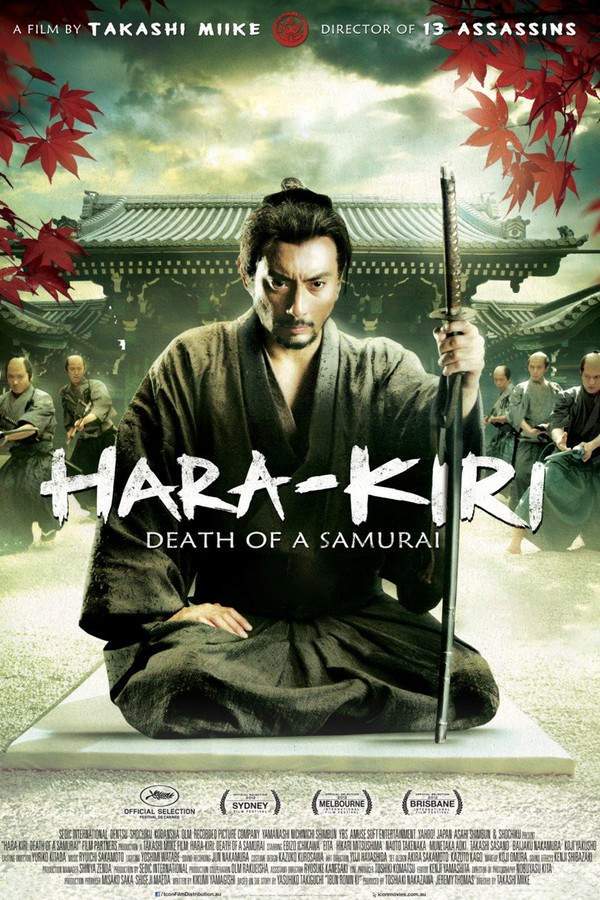
Hara-Kiri: Death of a Samurai
Year: 2012
Runtime: 126 min
Language: Japanese
Director: Takashi Miike
A desperate samurai requests permission to perform seppuku, a ritual suicide, within the grounds of a wealthy lord’s estate. The request prompts the lord to investigate the circumstances surrounding a similar request made months earlier by another samurai, uncovering a tragic story of hardship, debt, and a desperate attempt to find redemption and provide for loved ones. The lord must then grapple with questions of honor, duty, and the harsh realities faced by those living under the feudal system.
Warning: spoilers below!
Haven’t seen Hara-Kiri: Death of a Samurai yet? This summary contains major spoilers. Bookmark the page, watch the movie, and come back for the full breakdown. If you're ready, scroll on and relive the story!
Timeline & Setting – Hara-Kiri: Death of a Samurai (2012)
Explore the full timeline and setting of Hara-Kiri: Death of a Samurai (2012). Follow every major event in chronological order and see how the environment shapes the story, characters, and dramatic tension.
Last Updated: October 22, 2024 at 21:43
Main Characters – Hara-Kiri: Death of a Samurai (2012)
Meet the key characters of Hara-Kiri: Death of a Samurai (2012), with detailed profiles, motivations, and roles in the plot. Understand their emotional journeys and what they reveal about the film’s deeper themes.
Last Updated: October 22, 2024 at 21:43
Major Themes – Hara-Kiri: Death of a Samurai (2012)
Explore the central themes of Hara-Kiri: Death of a Samurai (2012), from psychological, social, and emotional dimensions to philosophical messages. Understand what the film is really saying beneath the surface.
Last Updated: October 22, 2024 at 21:43
Unlock the Full Story of Hara-Kiri: Death of a Samurai
Don't stop at just watching — explore Hara-Kiri: Death of a Samurai in full detail. From the complete plot summary and scene-by-scene timeline to character breakdowns, thematic analysis, and a deep dive into the ending — every page helps you truly understand what Hara-Kiri: Death of a Samurai is all about. Plus, discover what's next after the movie.
Hara-Kiri: Death of a Samurai Summary
Read a complete plot summary of Hara-Kiri: Death of a Samurai, including all key story points, character arcs, and turning points. This in-depth recap is ideal for understanding the narrative structure or reviewing what happened in the movie.

Hara-Kiri: Death of a Samurai Timeline
Track the full timeline of Hara-Kiri: Death of a Samurai with every major event arranged chronologically. Perfect for decoding non-linear storytelling, flashbacks, or parallel narratives with a clear scene-by-scene breakdown.

Similar Movies to Hara-Kiri: Death of a Samurai
Discover movies like Hara-Kiri: Death of a Samurai that share similar genres, themes, and storytelling elements. Whether you’re drawn to the atmosphere, character arcs, or plot structure, these curated recommendations will help you explore more films you’ll love.
Explore More About Movie Hara-Kiri: Death of a Samurai
Hara-Kiri: Death of a Samurai (2012) Plot Summary & Movie Recap
Hara-Kiri: Death of a Samurai (2012) Scene-by-Scene Movie Timeline
Hara-Kiri: Death of a Samurai (2012) Spoiler-Free Summary & Key Flow
Movies Like Hara-Kiri: Death of a Samurai – Similar Titles You’ll Enjoy
Ran (1985) Ending Explained & Film Insights
Kagemusha (1980) Movie Recap & Themes
Harakiri (1964) Full Summary & Key Details
The Twilight Samurai (2004) Movie Recap & Themes
47 Ronin (2013) Complete Plot Breakdown
The Hidden Blade (2006) Detailed Story Recap
Tatara Samurai (2017) Film Overview & Timeline
Hana (2007) Full Movie Breakdown
13 Assassins (2011) Plot Summary & Ending Explained
The Hidden Fortress (1960) Detailed Story Recap
Ikiru (1956) Full Movie Breakdown
Blade of the Immortal (2017) Film Overview & Timeline
The Last Samurai (2003) Film Overview & Timeline
Hara Kiri (2016) Story Summary & Characters



